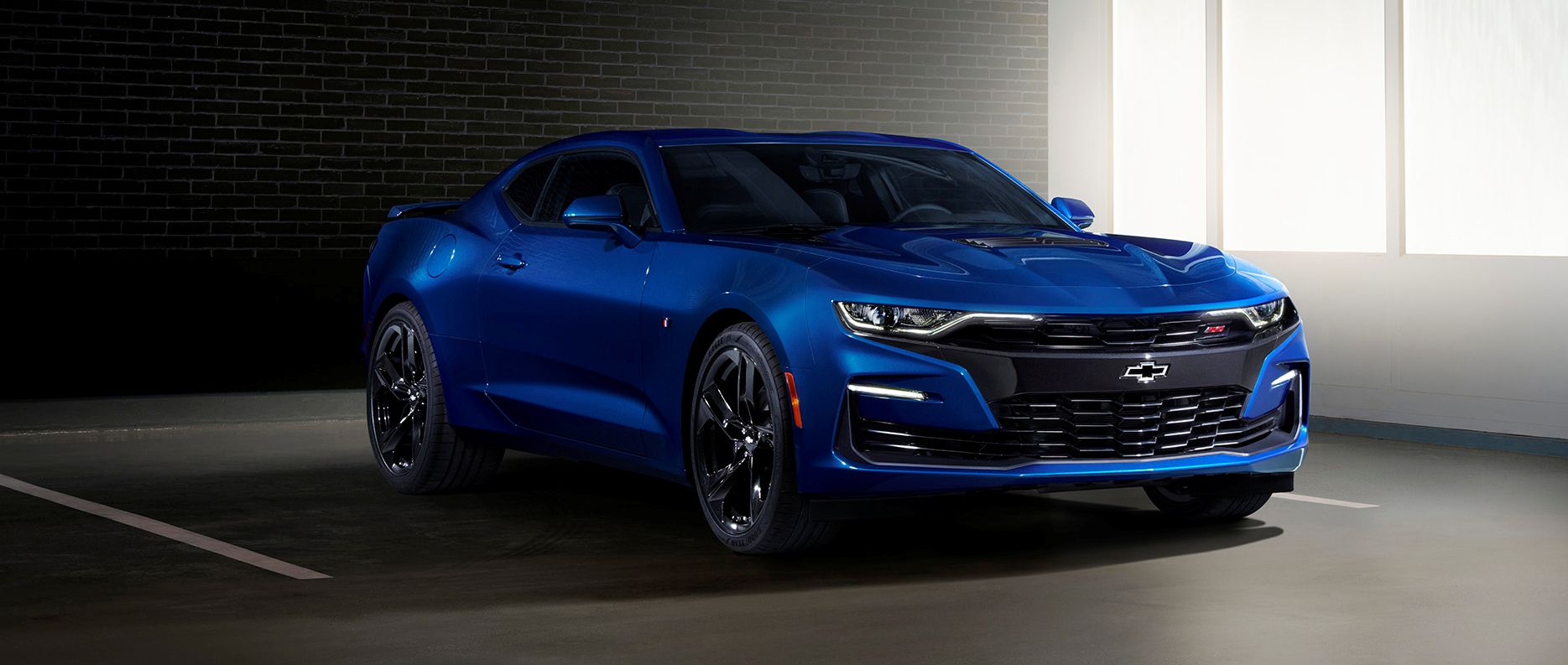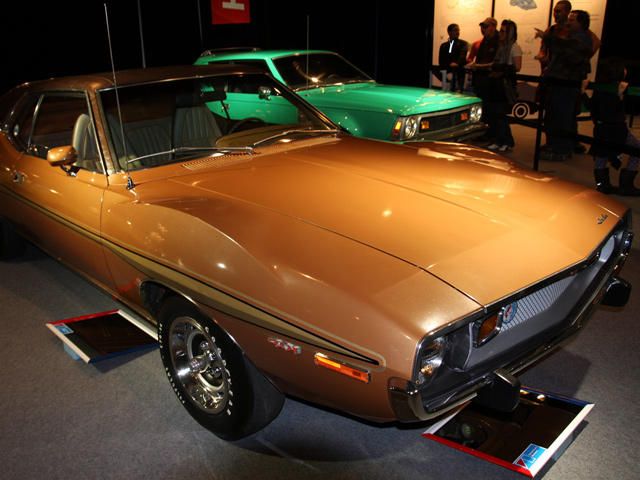
Annual sales figures for the big names in pony cars, such as the Mustang and Camaro, numbered in the hundreds of thousands in the mid to late sixties. The cars became legends almost overnight, and it's easy to forget about lower-volume pony cars, some of which were actually quite good. The AMC Javelin was one such car. Production numbers were only a fraction of those for the Camaro, but a solid argument could be made that it was the better car.
Of course, that is a debate which could go on for years, but it was still an amazing accomplishment for a car from such a small company to be able to give the heavy hitters from the big three a run for their money. AMC brought out the Javelin in late 1967, as a '68 model. The '67 model year was huge for pony cars, and AMC's relatively late entry into the game meant that they had missed out on the feeding frenzy that had taken place at their competitors' dealerships during the preceding year. This was unfortunate, but what with their somewhat more limited manufacturing abilities, AMC still had no problem selling all of the cars they were able to produce.
This was, quite simply, because they had a good product. AMC didn't have the money to develop several different body styles for the Javelin, and even the idea of a convertible had to be abandoned. But the styling of the hardtop coupe was among the best in the niche, and has been compared to a "wet t-shirt", with all that that implies. Only four different engines were offered, but these were all competitive with the most popular engine choices offered by the competition, and AMC was wise enough not to waste money by offering more than one six-cylinder engine option. The biggest engine available was a 390 cu V8, which produced 315 horsepower.
The 390-equipped Javelin was once described as "dangerously fast", although it's safe to say that our idea of what is fast has changed a bit in recent years. The car was fast though, and this is one of the qualities which so endeared it to members of the automotive press at the time. Motor Trend in particular lavished the car with praise, and selected it as the best "sports-personal" car of 1968. The car was popular with young people, despite being slightly more expensive than some of its big competitors. The first generation of the Javelin lasted only two years, during which time it enjoyed relatively good sales and even some surprising success in the Trans Am racing series.
This included finishing third place in the series, despite having an all-new car and very little in the way of time and money to prepare it for racing duty. This came as a surprise to everyone, and served as a testament to the abilities of the road car. The redesign in 1970 made the car longer, lower and wider, as was the trend with pony cars in that year. AMC still paid attention to performance though, and it was the second-gen Javelin which enjoyed the most racing success, taking the Trans Am title in 1971, '72, '73 and '75 (at the hands of a privateer team). This is due in a large part to a shift in AMC's lineup.
The AMX ceased to be a separate two-seat model in 1971, and became instead a performance trip level for the Javelin. This meant that, among the ten different engines offered for the new Javelin, there was a 401 cu V8 for the AMX, which produced 335 horsepower. A number of other options to help with handling were also offered, and the faster second-gen Javelin was also given a more aggressive look. Unfortunately, the relative success of the Javelin did not last long. Pony cars fell out of fashion as gas prices climbed and new emissions and safety regulations turned the cars into slow, ugly shadows of their former selves.
As was the case with several other pony cars, the Javelin was discontinued in 1974, amid a huge, but largely unsurprising decline in sales. AMC didn't hold out too much longer after the decline of the Javelin. The late seventies saw the rise of the subcompact, and such cars as the Gremlin and the Pacer kept AMC competitive, but when the trend swung back to bigger and higher-performance cars, AMC wasn't able to replicate the success of the Javelin, and ended up being bought out by Chrysler. The Javelin remains one of the most highly sought-after AMC models by collectors. Naturally, it is the '71-'74 AMX models which fetch the highest prices.
The history of the Javelin is a sad one, since it is unlikely that we'll ever see such a thing again. Pony cars aren't the kind of thing that can be built by a small car company anymore. Pony cars need to be cheap, and that means they need a large corporate parts bin to draw from in order to keep production costs down, especially with what development costs have become for carmakers. Boutique automakers will continue to be able to put out high-dollar exotics, but for us regular speed enthusiasts, there will never be another Javelin.

